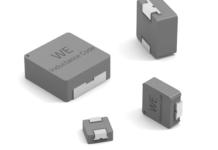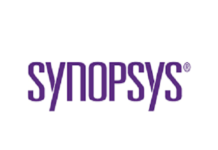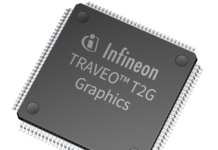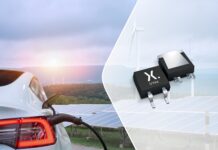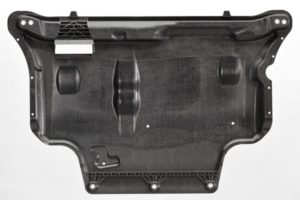
Hard to beat
- Significant weight savings
- Cost-effective material solution
- Major potential for protecting batteries in electric vehicles
In regions where road surfaces are poor, vehicle underbodies are subjected to tough conditions, having to withstand the impact of stones thrown up from the surface and, in extreme cases, even direct contact with the ground. A major German car manufacturer is therefore equipping the first vehicles of various model series that are delivered to countries with poor road infrastructure with an engine undertray made of a particularly robust thermoplastic composite construction. This consists of the continuous-fiber-reinforced thermoplastic composite Tepex dynalite from specialty chemicals company LANXESS combined with a DLFT (direct long fiber thermoplastic) mass. “Thanks to the toughness and tensile strength that Tepex delivers, this composite design is significantly more resistant to impacts and damage than previous material solutions,” explains Tepex application developer Harri Dittmar. The new component also results in significant weight savings. The engine tray in the Tepex-DLFT composite design is over 60 percent lighter than an equivalent component made of steel, and up to 20 percent lighter when the new material is substituted for aluminum.
For use in a range of vehicle models
The engine undertray is manufactured by GSI Deutschland GmbH, based in Hörgertshausen, Germany. The component solution with Tepex and DLFT was developed by the POLYTEC GROUP, headquartered in Hörsching in Austria, in collaboration with LANXESS. The underbody protection was previously made of a polypropylene-based composite design consisting of a glass-mat-reinforced thermoplastic system (GMT) and an additional fabric-reinforced GMT; before that, sheet steel was used.
Cost-effective production
The new underbody protection is manufactured in molds as used, for example, for GMT and its related materials. The difference is that a Tepex dynalite 104-RG601 insert with a wall thickness of one millimeter is used. This comprises a glass fiber fabric, containing 47 percent continuous glass fiber rovings by volume, and a polypropylene matrix. It is heated up while the required volume of DLFT mass (containing glass fibers 5 to 50 millimeters long) is extruded. Both materials are then shaped in a compression mold. Components are thus produced that have a Tepex surface on the engine side – the side subjected to tensile load. “Our material solution is more cost-effective than the previous composite variant because DLFT is a direct extrudate that can be produced at particularly low cost and makes up the larger part of the component’s volume,” says Henrik Plaggenborg, head of Technical Marketing Business Development Tepex Automotive.
An alternative to steel and aluminum
LANXESS is confident that Tepex will become an increasingly popular solution for underbody protection of vehicles. Many car manufacturers currently use steel or aluminum for components of this kind, which presents certain disadvantages, including with regarding to weight. In electric vehicles, comparatively heavy aluminum panels have been a particularly popular solution for protecting the underside of battery systems. “Using Tepex in combination with DLFT produces considerably lighter, more robust components that also provide more effective sound insulation,” Dittmar sums up.
Growing range of applications for Tepex
Tepex dynalite is developed and produced by the LANXESS subsidiary Bond-Laminates GmbH based in Brilon, Germany. In addition to underbody protection, it is also shaped and back-injected to make seat backs, module supports, battery consoles, front-end components, brake pedals and bumper crossbars. Due to the growing potential uses for Tepex in lightweight automotive engineering, LANXESS has set up a dedicated project group that supports partners worldwide through all stages of Tepex component development, right up to production launch.
For more detailed information on Tepex properties, applications and processing technologies, go to www.bond-laminates.com.



